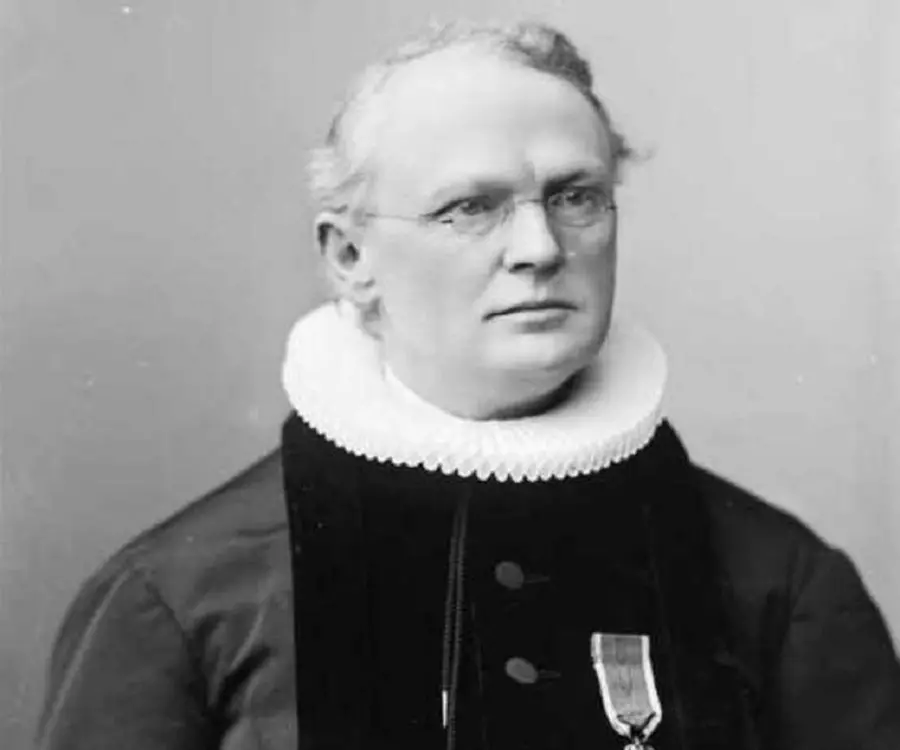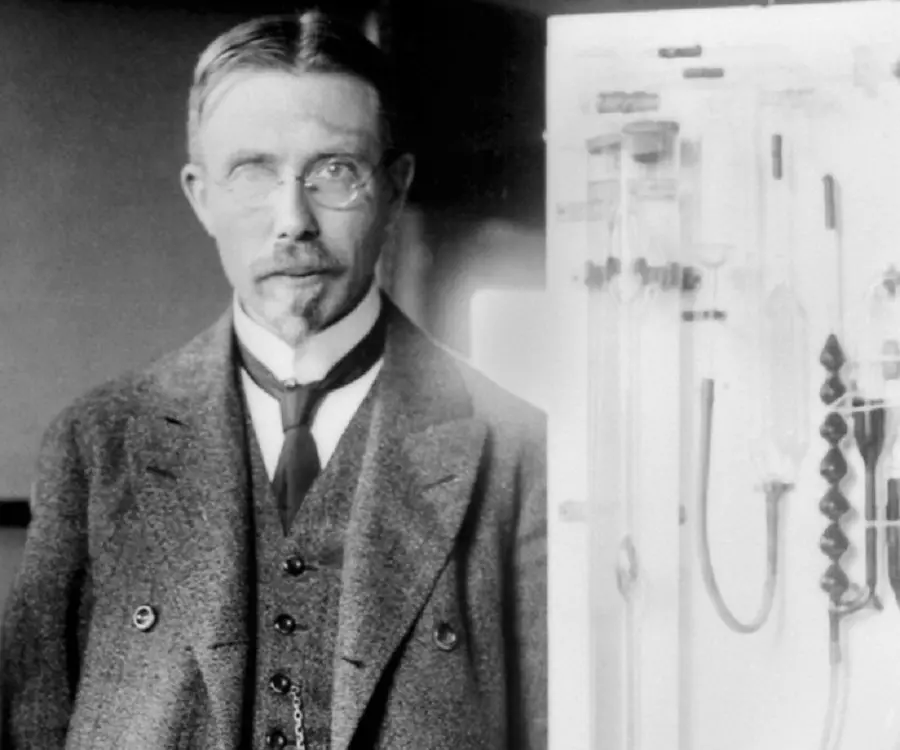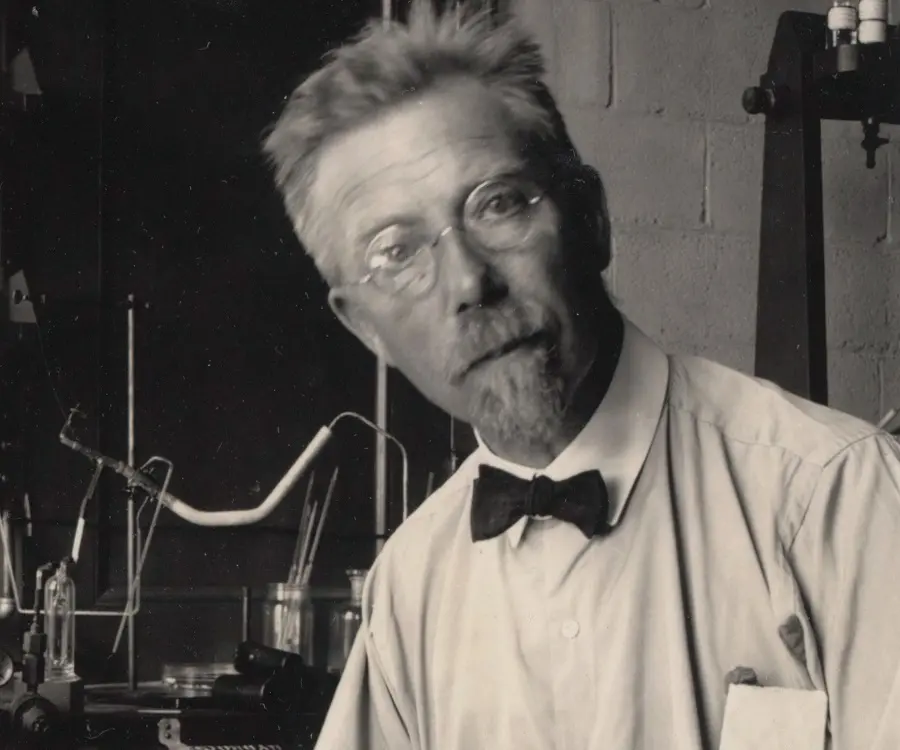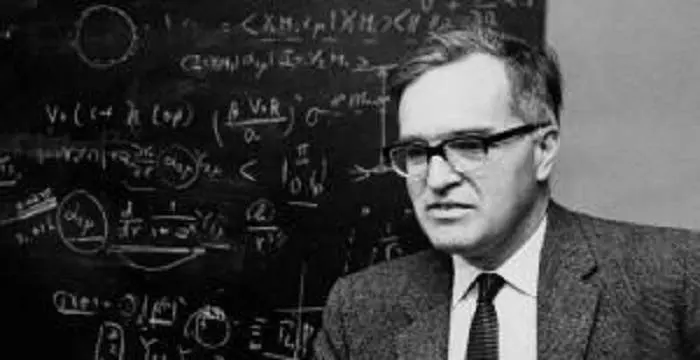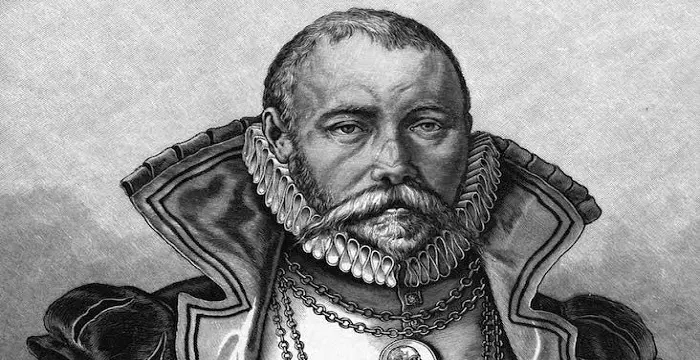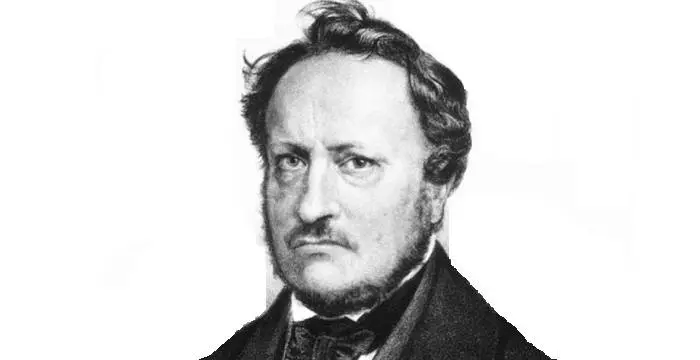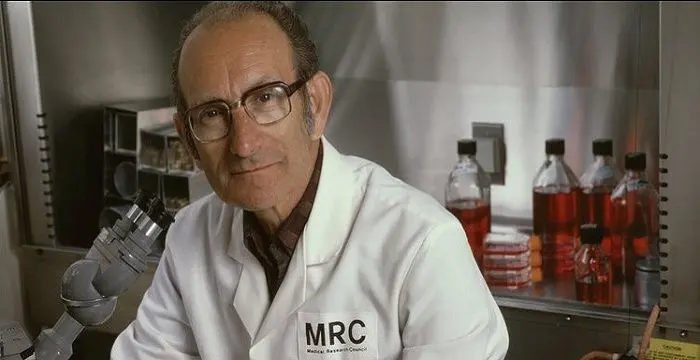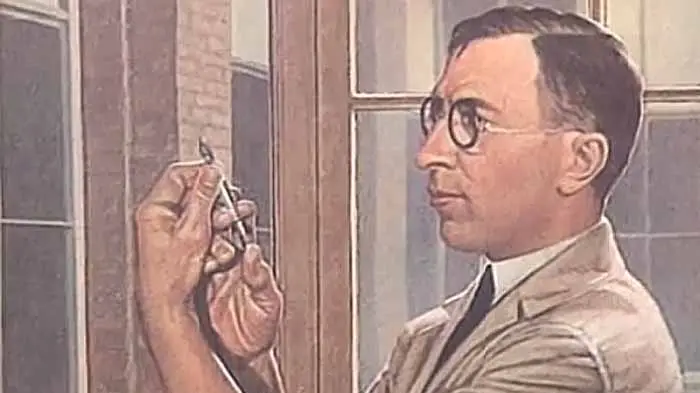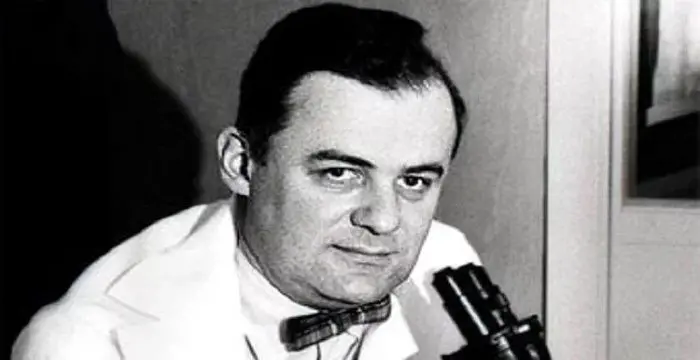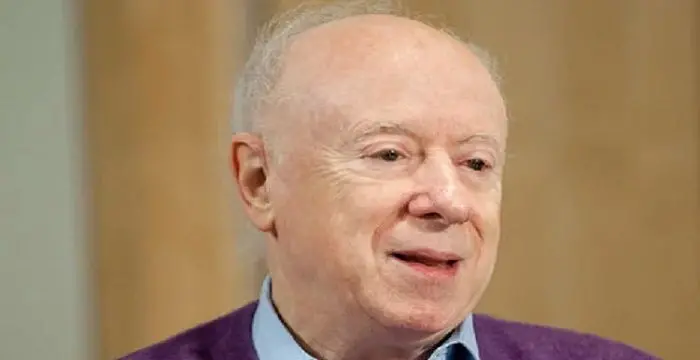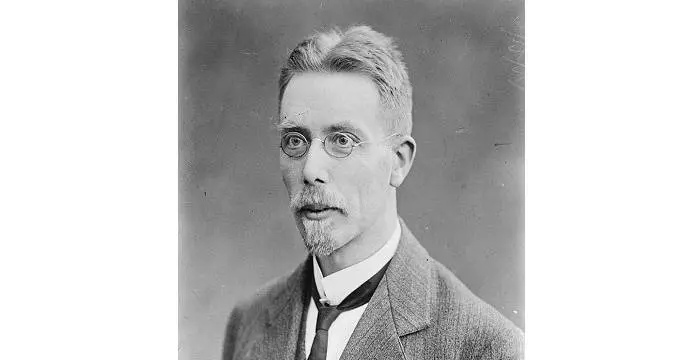
August Krogh - Danish Men, Family and Childhood
August Krogh's Personal Details
August Krogh was a Danish professor who was conferred with the Nobel Prize in Physiology or Medicine in 1920
| Information | Detail |
|---|---|
| Birthday | November 15, 1874 |
| Died on | September 13, 1949 |
| Nationality | Danish |
| Famous | Scientists, Medical Scientists, Danish Men, Zoophysiologist |
| Known as | Крог, Август |
| Universities |
|
| Birth Place | Grenå |
| Gender | Male |
| Sun Sign | Scorpio |
| Born in | Grenå |
| Famous as | Zoophysiologist |
| Died at Age | 74 |
August Krogh's photo
Who is August Krogh?
August Krogh was a Danish professor who was conferred with the Nobel Prize in Physiology or Medicine in 1920 for his discovery of the mechanism of regulation of the capillaries in the skeletal muscle. His contribution to understanding the anatomy and physiology of the capillary system has been exceptionally remarkable and noteworthy. A prodigious child, Krogh showed an interest in natural sciences early on his life. It was a lecture by Christian Bohr that made Krogh turn to physiology as his career option. He became a pioneer in comparative studies of animals. Furthermore, he made a number of fundamental and revolutionary discoveries in the fields of physiology, and became famous for developing the Krogh Principle. He served as the Professor of the department of zoophysiology at the University of Copenhagen from 1916 to 1945. Interestingly, Krogh in his lifetime devised a number of instruments and machines that aided in his physiological study. His recording spirometer is till date used in many hospitals, his bicycle ergometer is one of the most valued working machines, his precision pipettes and respiration apparatus improved methods for gas analysis. They reflect a constructive side of Krogh that remained veiled behind his outstanding achievements as a scientist.
// Famous Danish Men
Benjamin Lasnier
Check out all that you wanted to know about Benjamin Lasnier, the famous singer & social media star; his birthday, his family and personal life, his girlfriends, fun trivia facts and more.
Aage Bohr
Aage Niels Bohr was a Nobel Prize winning nuclear physicist. This biography profiles his childhood, life, research career, achievements and timeline.
Tycho Brahe
Tycho Brahe was a Danish nobleman who made important contributions to astronomy. Check out this biography to know about his childhood, family life, achievements and interesting facts about him.
Childhood & Early Life
Schack August Steenberg Krogh was born on November 15, 1874, at Grenaa, Jutland, Denmark to Viggo Krogh and Marie, née Drechmann. His father was a shipbuilder.
A child prodigy, young Krogh’s interest in natural science developed early. When boys of his age played sports, Krogh immersed himself in experiments. He widely read books in botany, zoology, physics and chemistry.
As a young man, Krogh attended a lecture on medical physiology by Professor Christian Bohr. Impressed by the latter and inspired by his teacher friend William Sorenson, Krogh decided to make a career in physiology.
In 1893, Krogh enrolled at the University of Copenhagen as a student of medicine. However, he couldn’t keep himself away from studying zoology. In 1897, he started working under Professor Bohr at the Laboratory of Medical Physiology. In 1899, upon completing his examination in zoology, he received the appointment of an assistant to Professor Bohr.
In 1903, Krogh earned his doctorate degree. His thesis was on the respiratory exchanges of oxygen and carbon-dioxide in the lung and skin of frogs.
Career
Following his doctorate degree, Krogh became highly interested in the gas exchange of the living organism. He submitted a paper on the pulmonary exchange of nitrogen wherein he demonstrated that free nitrogen played no role in respiratory exchanges. He backed up his work with careful experiments that used chrysalides, eggs and mice in a temperature-controlled apparatus. The work won him Seegan Prize of the Austrian Academy of Sciences.
Krogh adopted his own method of study and extended his research on respiration to other animals as well. During this time, Krogh believed that pulmonary exchanges took place through secretory processes regulated by nervous system. He also devised an instrument called tonometer and a device for microanalysis of gases.
In 1904, he published, with Bohr and K. A. Hasselbalch, a study on the relation between the carbon dioxide tension and the oxygen association of blood. His initial belief that lung secreted oxygen into the bloodstream was later given away for the new fundamental that pulmonary gas exchange was only dependent on diffusion.
Following the establishment of the fact that absorption of oxygen and elimination of carbon dioxide from the lungs is carried out by diffusion, a number of articles came up that criticized this new point of view and highlighted the problems. Krogh spent the following years publishing works concerning blood flow through lungs.
In 1908, a special associate professorship of zoo-physiology was created at the University of Copenhagen exclusively for Krogh. Leaving Bohr’s laboratory, Krogh set forth to make new discoveries and research in the field. In 1916, it was changed to an ordinary chair.
Having no laboratory of his own, Krogh refurnished his residence to turn it into a laboratory. Therein, he developed many instruments that evaluated the function of blood flow and respiration such as the rocker spirometer, the electromagnetic bicycle ergometer, and a gas analysis apparatus accurate to 0.001 per cent.
From 1915, Krogh turned his attention to the mechanism in which blood capillaries supplied oxygen to muscle cells and removed carbon dioxide from them through exercise. This study concluded the fact that blood capillaries remained open while working and closed at the time of rest.
With the help of intensive microscopical and histological methods, Krogh finally proved his hypothesis of the opening and closing of blood capillaries. He determined that the capillaries were metabolically controlled. This became the masterpiece of his career and drew him stunning success. His work helped him bag the coveted Nobel Prize in Physiology or Medicine in 1920.
In 1922, Krogh came up with his book, ‘The Anatomy and Physiology of the Capillaries’. Through it, he emphasized the fact that capillary movement were influenced by both nerves and hormones, a research carried out in association with numerous foreign scientists. Interestingly, till date the book exudes dominant influence for its implication on cell metabolism, water balance, inflammation and disease.
In 1922, Krogh undertook a lecture trip to America. Therein, he first found about the then newly-discovered insulin. Upon returning to Denmark, he along with internist H.C. Hagedorn, organized the fabrication of insulin. The duo established two institutions, Nordisk Insulinlaboratorium and Nordisk Insulinfond. He even worked on the standardization of insulin with A. M Hemmingsen.
In 1928, the Rockfeller Institute was officially established at the Rockfeller Complex. The complex had other institutes as well, the institute of medical physiology and biophysics, and the institute for the theory of gymnastics.
At the Rockfelller Institute, Krogh carried out his research on heavy muscle work. He created new methods for determination of total osmotic tension of blood and studied the balance of insensible perspiration. During this time, he also showed his interest on the physiological problems of heating house
In 1934, he withdrew from his academic duties and in 1945, officially retired from the university. However, this did not mean the end of his career. He continued with his research and studies privately at his home laboratory. Post retirement, he took to studying the flight of insects and grasshoppers. He even studied the development of bud in trees.
In his lifetime, Krogh contributed more than 200 research articles in international journals. He studied water and electrolyte homeostasis of aquatic animals and published two books in the genre as well, ‘Osmotic Regulation’ and ‘Comparative Physiology of Respiratory Mechanisms’
Though Krogh achieved new academic heights in the field of physiology, he never really gave up on his love for marine biology, insect physiology and osmotic relationship in plants and animals. He continuously returned to read vigorously about each of the fields and kept himself updated with the new research works.
Major Works
Krogh most remarkable work as a scientist and professor of zoophysiology came with his discovery of the mechanism of regulation of the capillaries in the skeletal muscle. The work helped in the better understanding of the anatomy and physiology of the capillary system. It also earned him a Nobel Prize in Physiology or Medicine in 1920.
Krogh was the man behind the ‘Krogh Principle’ which stated that ‘for such a large number of problems there will be some animal of choice, or a few such animals, on which it can be most conveniently studied’. The concept is till date dominant to those disciplines of biology relying on comparative method, such as neuroethology, comparative physiology, and functional genomics.
Awards & Achievements
Krogh was bestowed with the prestigious Nobel Prize for Physiology or Medicine in 1920 for his discovery of the mechanism of regulation of gas in blood capillaries in muscles.
He received honorary doctorate degrees from various universities across the globe including Edinburgh, Budapest, Lund, Harvard, Göttingen, Oslo, and Oxford.
He was made a member of the Academy of Sciences, Denmark. Furthermore, he was appointed as a foreign member of numerous academies and societies, including The Royal Society, London.
In 1939, he was declared honorary citizen of Grenaa.
He was awarded the Baly medal of the Royal College of Physicians, London in 1945.
Personal Life & Legacy
Krogh married Birte Marie Jörgensen, a medical student and later a scientist, in 1905. The couple was blessed with four children, a son and three daughters. Their son became a Prosector of Anatomy at the University of Arahus. Marie died in 1943
August Krogh died on September 13, 1949, at the age of 74, in Copenhagen.
// Famous Scientists
Juliane Koepcke
Juliane Koepcke is a German-Peruvian biologist, who was the lone survivor among the 92 passengers and crew of the ill-fated LANSA Flight 508 that crashed in the Peruvian rainforest on 24 December 1971. Know more about her life in this biography.
Henry Cavendish
Henry Cavendish was a theoretical chemist and physicist, renowned for discovery of hydrogen and calculation of the mass of earth. To know more about his childhood, profile, timeline and career read on
Konstantin Tsiolkovsky
Konstantin Tsiolkovsky was a Russian rocket scientist and a pioneer of astronautics. This biography provides detailed information about his childhood, family, personal life, career, achievements, etc.
August Krogh's awards
| Year | Name | Award |
|---|---|---|
Other | ||
| 0 | Nobel Prize in Physiology or Medicine | |
August Krogh biography timelines
- // 15th Nov 1874Schack August Steenberg Krogh was born on November 15, 1874, at Grenaa, Jutland, Denmark to Viggo Krogh and Marie, née Drechmann. His father was a shipbuilder.
- // 1903In 1903, Krogh earned his doctorate degree. His thesis was on the respiratory exchanges of oxygen and carbon-dioxide in the lung and skin of frogs.
- // 1904In 1904, he published, with Bohr and K. A. Hasselbalch, a study on the relation between the carbon dioxide tension and the oxygen association of blood. His initial belief that lung secreted oxygen into the bloodstream was later given away for the new fundamental that pulmonary gas exchange was only dependent on diffusion.
- // 1905 To 1943Krogh married Birte Marie Jörgensen, a medical student and later a scientist, in 1905. The couple was blessed with four children, a son and three daughters. Their son became a Prosector of Anatomy at the University of Arahus. Marie died in 1943
- // 1908 To 1916In 1908, a special associate professorship of zoo-physiology was created at the University of Copenhagen exclusively for Krogh. Leaving Bohr’s laboratory, Krogh set forth to make new discoveries and research in the field. In 1916, it was changed to an ordinary chair.
- // 1915From 1915, Krogh turned his attention to the mechanism in which blood capillaries supplied oxygen to muscle cells and removed carbon dioxide from them through exercise. This study concluded the fact that blood capillaries remained open while working and closed at the time of rest.
- // 1920With the help of intensive microscopical and histological methods, Krogh finally proved his hypothesis of the opening and closing of blood capillaries. He determined that the capillaries were metabolically controlled. This became the masterpiece of his career and drew him stunning success. His work helped him bag the coveted Nobel Prize in Physiology or Medicine in 1920.
- // 1920Krogh most remarkable work as a scientist and professor of zoophysiology came with his discovery of the mechanism of regulation of the capillaries in the skeletal muscle. The work helped in the better understanding of the anatomy and physiology of the capillary system. It also earned him a Nobel Prize in Physiology or Medicine in 1920.
- // 1920Krogh was bestowed with the prestigious Nobel Prize for Physiology or Medicine in 1920 for his discovery of the mechanism of regulation of gas in blood capillaries in muscles.
- // 1922In 1922, Krogh came up with his book, ‘The Anatomy and Physiology of the Capillaries’. Through it, he emphasized the fact that capillary movement were influenced by both nerves and hormones, a research carried out in association with numerous foreign scientists. Interestingly, till date the book exudes dominant influence for its implication on cell metabolism, water balance, inflammation and disease.
- // 1922In 1922, Krogh undertook a lecture trip to America. Therein, he first found about the then newly-discovered insulin. Upon returning to Denmark, he along with internist H.C. Hagedorn, organized the fabrication of insulin. The duo established two institutions, Nordisk Insulinlaboratorium and Nordisk Insulinfond. He even worked on the standardization of insulin with A. M Hemmingsen.
- // 1928In 1928, the Rockfeller Institute was officially established at the Rockfeller Complex. The complex had other institutes as well, the institute of medical physiology and biophysics, and the institute for the theory of gymnastics.
- // 1934 To 1945In 1934, he withdrew from his academic duties and in 1945, officially retired from the university. However, this did not mean the end of his career. He continued with his research and studies privately at his home laboratory. Post retirement, he took to studying the flight of insects and grasshoppers. He even studied the development of bud in trees.
- // 1939In 1939, he was declared honorary citizen of Grenaa.
- // 1945He was awarded the Baly medal of the Royal College of Physicians, London in 1945.
- // 13th Sep 1949August Krogh died on September 13, 1949, at the age of 74, in Copenhagen.
// Famous Medical Scientists
Johannes Peter Müller
Johannes Peter Müller was a German physiologist and comparative anatomist. Check out this biography to know about his childhood, life, achievements, works & timeline.
Cesar Milstein
Cesar Milstein was an Argentinian biochemist who received the Nobel Prize for his discovery of monoclonal antibody. Explore this biography to get details about his life, career and scientific discoveries.
Frederick Banting
Frederick Banting was a Canadian medical scientist and physician who won the Nobel Prize for discovering insulin. Check out this biography to know about his childhood, family life, achievements and other facts related to his life.
Harold E. Varmus
Harold E. Varmus is an American scientist who won a share of the 1989 Nobel Prize in Physiology or Medicine. This biography of Harold E. Varmus provides detailed information about his childhood, life, achievements, works & timeline.
Frederick Chapman Robbins
Frederick Chapman Robbins was an American paediatrician and virologist who was one of the joint winners of the 1954 Nobel Prize in Physiology 1954. Check out this biography to know about his childhood, life, achievements, works & timeline.
Joseph L. Goldstein
Joseph L. Goldstein is an American molecular geneticist who won a share of the Nobel Prize in Physiology or Medicine in 1985.
August Krogh's FAQ
What is August Krogh birthday?
August Krogh was born at 1874-11-15
When was August Krogh died?
August Krogh was died at 1949-09-13
Where was August Krogh died?
August Krogh was died in Copenhagen
Which age was August Krogh died?
August Krogh was died at age 74
Where is August Krogh's birth place?
August Krogh was born in Grenå
What is August Krogh nationalities?
August Krogh's nationalities is Danish
What was August Krogh universities?
August Krogh studied at University of Copenhagen
What is August Krogh's sun sign?
August Krogh is Scorpio
How famous is August Krogh?
August Krogh is famouse as Zoophysiologist
